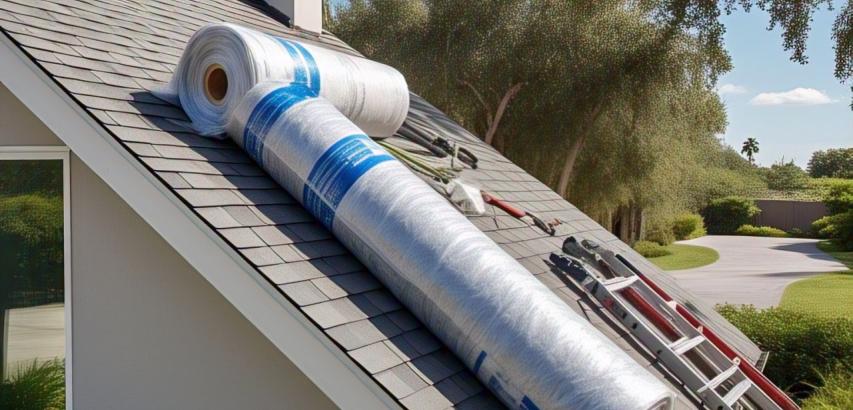
A roof insulation roll is a flexible, continuous sheet of insulating material designed to reduce heat transfer through roofs, improving energy efficiency and indoor comfort. These rolls are easy to install, cost-effective, and widely used in residential, commercial, and industrial buildings to minimize heat loss in winter and heat gain in summer.
Key Features and Technology
Material Composition:
Fiberglass: Lightweight, non-flammable, and made from fine glass fibers.
Mineral Wool: Fire-resistant and sound-absorbing, crafted from rock or slag.
Reflective Foil: Radiant barriers that reflect heat, often laminated to other materials.
Thermal Performance:
Rated by R-value (thermal resistance); higher values (e.g., R-30 to R-50) indicate better insulation.
Vapor Barrier:
Some rolls include kraft paper or foil facings to prevent moisture buildup.
Fire Resistance:
Materials like mineral wool offer Class A fire ratings.
Flexibility:
Easily cut to fit irregular spaces between rafters or joists.
Eco-Friendly Options:
Recycled content (e.g., post-consumer glass in fiberglass) and sustainable materials.
Types of Roof Insulation Rolls
Fiberglass Rolls:
Budget-friendly and widely used for attic and pitched roof insulation.
Mineral Wool Rolls:
Ideal for fire-prone areas and soundproofing.
Reflective Insulation Rolls:
Foil-faced rolls for hot climates to reflect radiant heat.
Hybrid Rolls:
Combine materials like foam and fiberglass for enhanced performance.
Applications
Residential: Attics, pitched roofs, and cathedral ceilings.
Commercial: Flat roofs, warehouses, and office buildings.
Industrial: Insulating large-scale facilities with high thermal demands.
Retrofitting: Upgrading existing roofs for better energy efficiency.
Advantages
Energy Savings: Reduces heating/cooling costs by up to 30%.
Easy Installation: Lightweight and adaptable to most roof structures.
Sound Dampening: Mineral wool rolls minimize noise from rain or external sources.
Moisture Control: Vapor barriers prevent mold and structural damage.
Sustainability: Lowers carbon footprint by improving energy efficiency.
Considerations
Climate Compatibility: Choose higher R-values for extreme temperatures.
Safety Gear: Fiberglass requires gloves and masks during installation.
Ventilation: Ensure proper airflow to avoid moisture trapping.
Building Codes: Meet local regulations for fire safety and insulation standards.
Compression Risk: Avoid compressing rolls, as it reduces R-value.
Popular Brands and Products
Owens Corning Pink Fiberglass: High R-value rolls with eco-friendly options.
Rockwool Comfortbatt: Fire-resistant mineral wool for thermal and acoustic insulation.
Reflectix Double Insulation: Foil-faced rolls for radiant heat reflection.
Knauf Insulation EcoRoll: Formaldehyde-free fiberglass with recycled content.
Innovations and Trends
Smart Insulation: Materials with phase-change properties to adapt to temperature shifts.
Eco-Materials: Rolls made from recycled denim, sheep’s wool, or hemp.
Integrated Tech: Rolls with pre-attached adhesive strips for easier installation.
Low-Global Warming Potential (GWP): Foam-free options to reduce environmental impact.
Roof insulation rolls are a cornerstone of energy-efficient building design, offering a balance of affordability, performance, and ease of use. Whether retrofitting an old home or insulating a new commercial roof, these rolls provide critical thermal protection while supporting sustainability goals. Innovations in eco-friendly materials and smart technology continue to expand their applications, ensuring they remain a vital tool in combating energy waste and climate change. For homeowners and builders alike, investing in quality roof insulation rolls translates to long-term savings, comfort, and a greener future.
 |  |  |